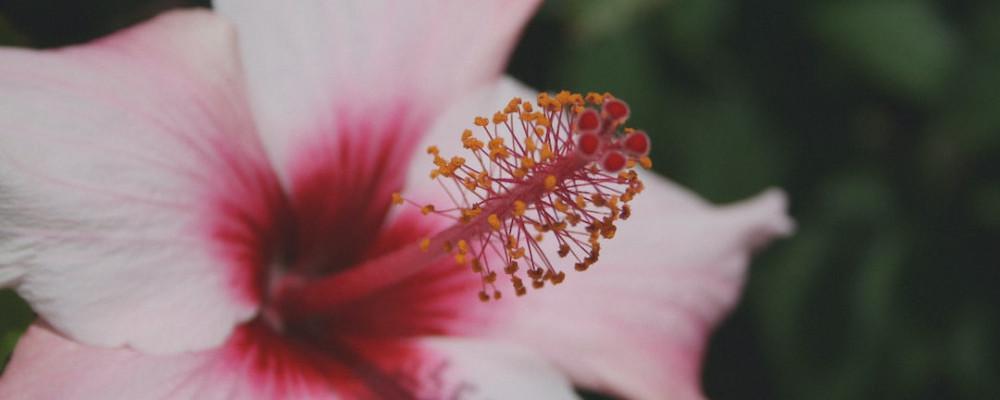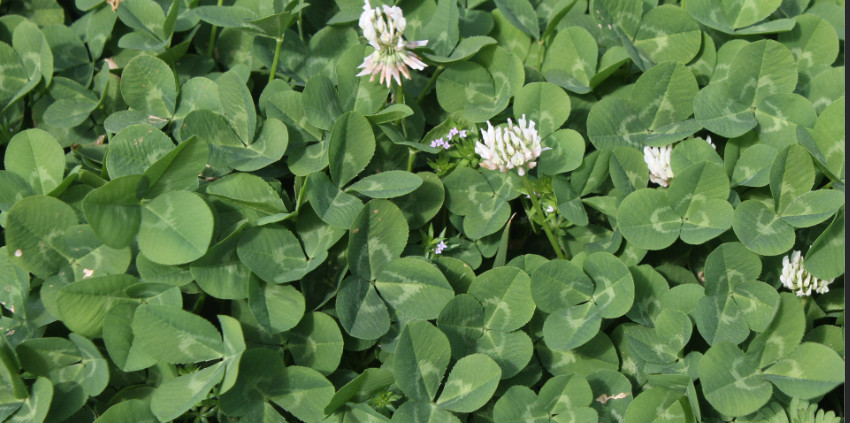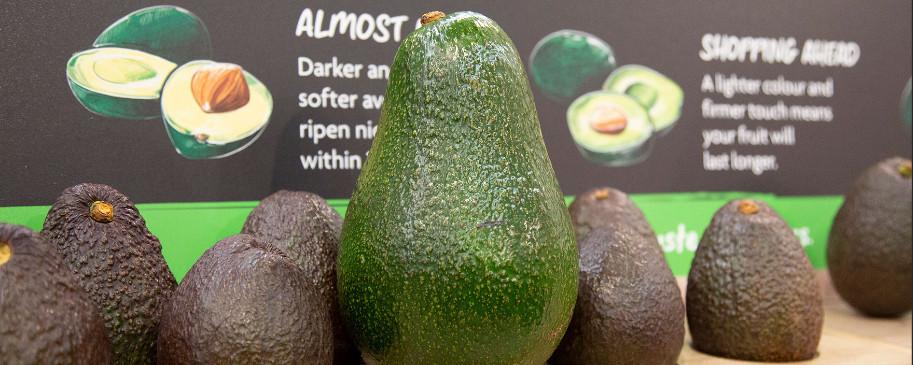
Is Hibiscus Easy to Grow?
Hibiscus adds a decidedly tropical feel to your garden. But which kind should you grow, and how do you care for it? For me, a hibiscus is more than a plant. It is a feeling, a passion an erotic dream in color. And there are obviously others who feel the same. Today we are going to talk about;
Growing your Hibiscus.
The Rose of Sharon.
Tropical Hibiscus.
Caring for your Hibiscus.
Diseases and Pests.
Final Thoughts.
Ballerina Hibiscus
Her silken skirt flows displaying her slender leg and beautiful toe as she sways rhythmically to the notes of breeze.
Copyright © Rama Balasubramanian | Year Posted 2022
Growing your Hibiscus
Hibiscus are lovely plants that, depending on the species, produce big, trumpet-shaped blooms in a variety of colors. Hardy deciduous hibiscus (Hibiscus Syracuse, used for outdoor planting) and sensitive evergreen hibiscus are the two primary varieties (Hibiscus rosa-sinensis, which is grown as a houseplant). Another name for hardy hibiscus is the “Rose of Sharon.” It was given this name because it had been collected from gardens in Syria.
Although the flowers are similar, tropical and hardy hibiscus differ in a number of ways. Hardy hibiscus, which is native to southern China, can withstand winters, whereas tropical hibiscus, which is indigenous to tropical China, requires a minimum temperature of 7 °C to grow. Large, single red, white, lavender or pink flowers are produced by hardy hibiscus plants. Pink, orange, and yellow hibiscus flowers are native to the tropics.
Tropical hibiscus features darker green, glossy leaves, while hardy hibiscus has heart-shaped, matte leaves.
Even novice gardeners can easily grow the “Rose of Sharon.” Rose of Sharon bushes can withstand a variety of issues, such as poor soil, extreme heat, humidity, drought, and air pollution.
White, red, pink, lavender, blue, and bi-color flowers come in single- or double-formed varieties. The plants have an elegant vase-shaped habit, small, serrated, appealing green leaves, and no discernible fall color.
The Rose of Sharon.

To plant a rose of Sharon, follow these instructions.
- Depending on the kind, place plants 6–10 feet apart.
- Create a hole twice as big and as deep as the root ball.
- The soil around the plant’s roots should be loosened before gently removing it from its nursery pot.
- Place the plant in the hole so that the top of the root ball is at or just above soil level.
- To get rid of air pockets, backfill the hole with soil and lightly tamp it down. Water wisely.
- Shredded bark can be used as a mulch to keep the soil moist and control weed growth.
- Rose of Sharon doesn’t care much about pH or soil type; they will grow in any well-drained soil.
Watering:
To promote deep, robust roots, water deeply yet seldomly. Once grown, the Rose of Sharon is drought-tolerant. There is also a wealth of information to be found on my friend, Normans’ website.
Normans’ link specifically covers …..
“Hibiscus Propagation in Water“
Fertilizing:
Apply a granular rose fertilizer as directed on the package in the early spring. Apply again every spring.
Norman has provided names and methods to trial for making compost and it can be found under ………….
Starting and Maintaining a Compost Pile successfully
Pruning:
Rose of Sharon requires little to no routine pruning. However, the optimal time to prune is in the late winter or early spring. A third of the plant can be taken out at once.
Tropical Hibiscus.

Tropical (indoor) hibiscus is a gorgeous houseplant, blooming throughout the spring and summer if cared for, despite being difficult to grow.
Hibiscus should be cultivated outdoors in a protected, sunny area, such as a border or a container setup. Inside, Hibiscus should be grown away from direct sunlight, in a bright, moist environment. Your outdoor hibiscus will usually die back after a strong frost because they are deciduous plants. Simply cut off dead stems at a height of 10 cm above ground level.
After three years, or when it reaches a height of approximately 1.5 meters, you can begin pruning your hardy hibiscus annually to keep it in shape.
Caring for your Hibiscus.
Hibiscus requires regular watering, especially when it is young and newly established. Water the plant thoroughly and deeply, soaking it.
Mulch should be applied all around the plant to help it retain moisture and protect the roots from the cold.
Remove wasted flowers before they develop seed heads or, after a flush of blooming is through, trim plants back by one-third to promote rebloom.
Every winter, perennial hibiscus will freeze to the ground, so remove old stems.
Pruning is best carried out in the spring since hibiscus blossom on fresh wood, or growth from this year.
Remove dead stems from established plants in the early spring and fertilize them with a balanced fertilizer.
Divide mature plants in the spring, not the fall.
Diseases and Pests.
Hibiscus plants are not worried about many pests or diseases however aphids, whiteflies, and Japanese beetles can sometimes be a problem.
- Japanese beetles
- Aphids
- Whiteflies
Clean up all plant debris to avoid fungal diseases which can cause leaf spot.
Don’t crowd the plants and keep the mulch from touching stems to avoid blight.
Final Thoughts.
Get planning for 2023 with the Old Famer almanac. Kindle, hardcover, or paperback. Click here to be taken to your Almanac specials. ( Trade Edition ) The Farmers Almanac.

Or, if you want to check out the 2023 Gardeners almanac calendar, click on the link (Calander) below.
The Gardeners Almanac Calander

I hope you and your family have a wonderful and joyous Christmas whatever faith, or religion you follow or not.





